The Pa Ko people living along the Dakrong River have a native dwarf banana tree - a famous local specialty. In the Pa Ko language, the dwarf banana tree is called “Ta Pe”, the fruit is large and round, when ripe it is very delicious, has its own unique flavor, and is loved by many people.
Dwarf bananas are easy to grow and care for, grow quickly, and are rarely affected by pests or diseases. Bananas are planted once but can be harvested for many consecutive years thanks to the young banana plants that sprout from the mother banana tree. The Pa Ko people often grow them on relatively flat land, near rivers and streams or around their family's fields.
The oldest Pa Ko elders say: “Dwarf banana is a “traditional” variety of the Pa Ko. Dwarf banana trees will start to yield fruit after one year of planting, the time from when the banana tree flowers until the fruit ripens is about 2 months. The bananas are grown completely naturally, are both sweet and fragrant and produce fruit almost all year round…”.
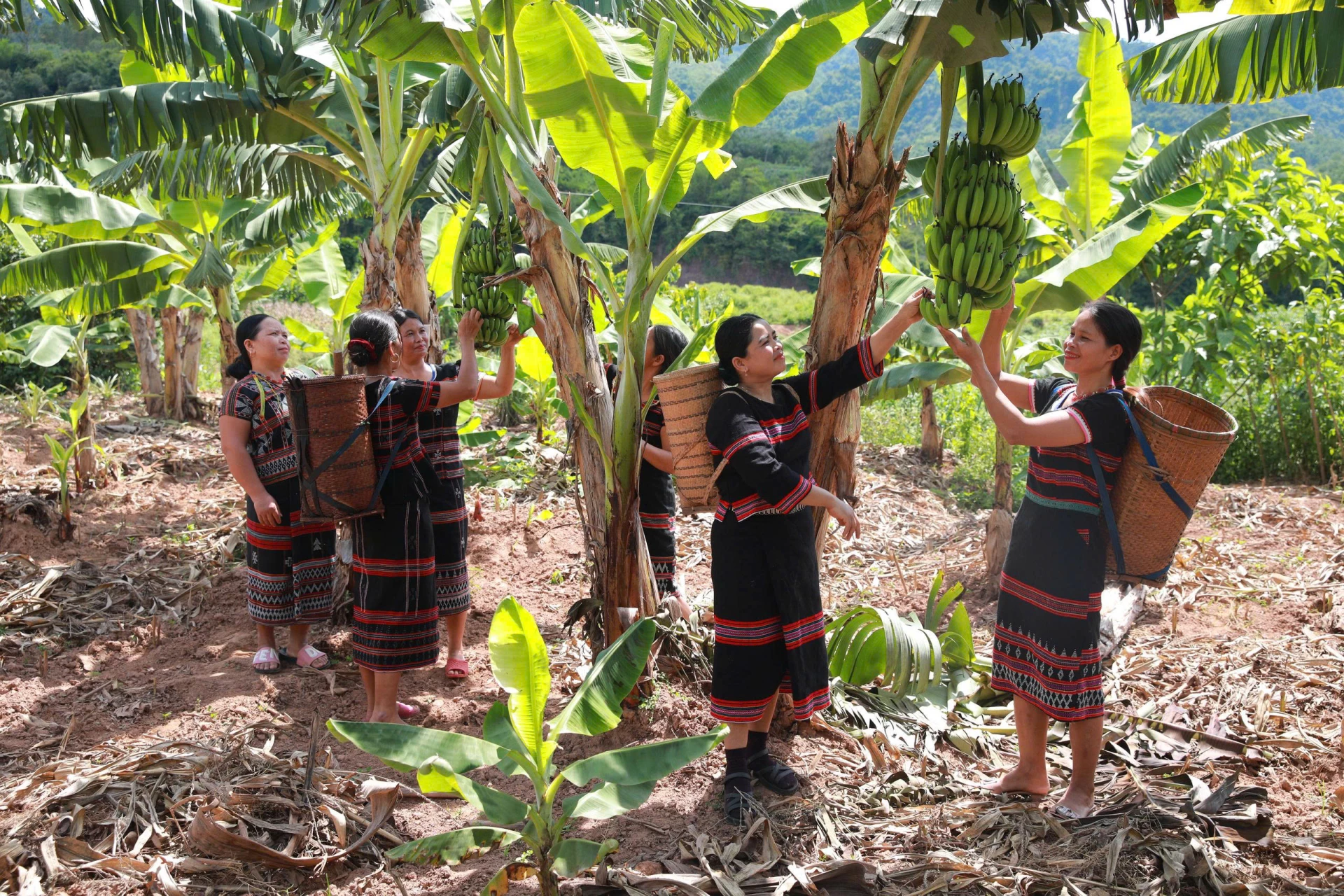 |
| Native dwarf banana varieties contribute to increasing income and improving the lives of Pa Ko people in Ta Rut commune - Photo: PL |
However, in the past, the Pa Ko people grew bananas mainly for food, and for small-scale consumption at the market. The consumption market was unstable, so the ability to intensify and expand banana growing areas was limited. There was even a time when the people neglected and were not interested in dwarf banana trees, so this native crop almost lost its variety.
Things began to change when the Pa Ko people received support from Plan International, local authorities and social organizations, and they really turned the native dwarf banana tree into a commodity crop, creating jobs and bringing in stable income.
Ms. Ho Thi Xo, Head of the Banana Cooperative Group (THT) of A Dang village (Ta Rut commune) shared: “In 2019, with the desire to restore the native dwarf banana variety, considering it a “poverty alleviation” plant for people, especially women, with the help of Plan Organization and local authorities, the A Dang Banana Cooperative Group was born. Initially, the Cooperative Group carried out a trial planting of 2 hectares of bananas, with the participation of 15 female members.
Up to now, the A Dang banana cooperative has increased to 20 members, with banana cultivation area of up to tens of hectares. Every year, cooperative members are regularly trained by Plan Organization on planting techniques, care and provision of seedlings. In particular, to help people in the product consumption stage, Plan Organization also supports investment of more than 348 million VND to build a store to display and sell agricultural products.
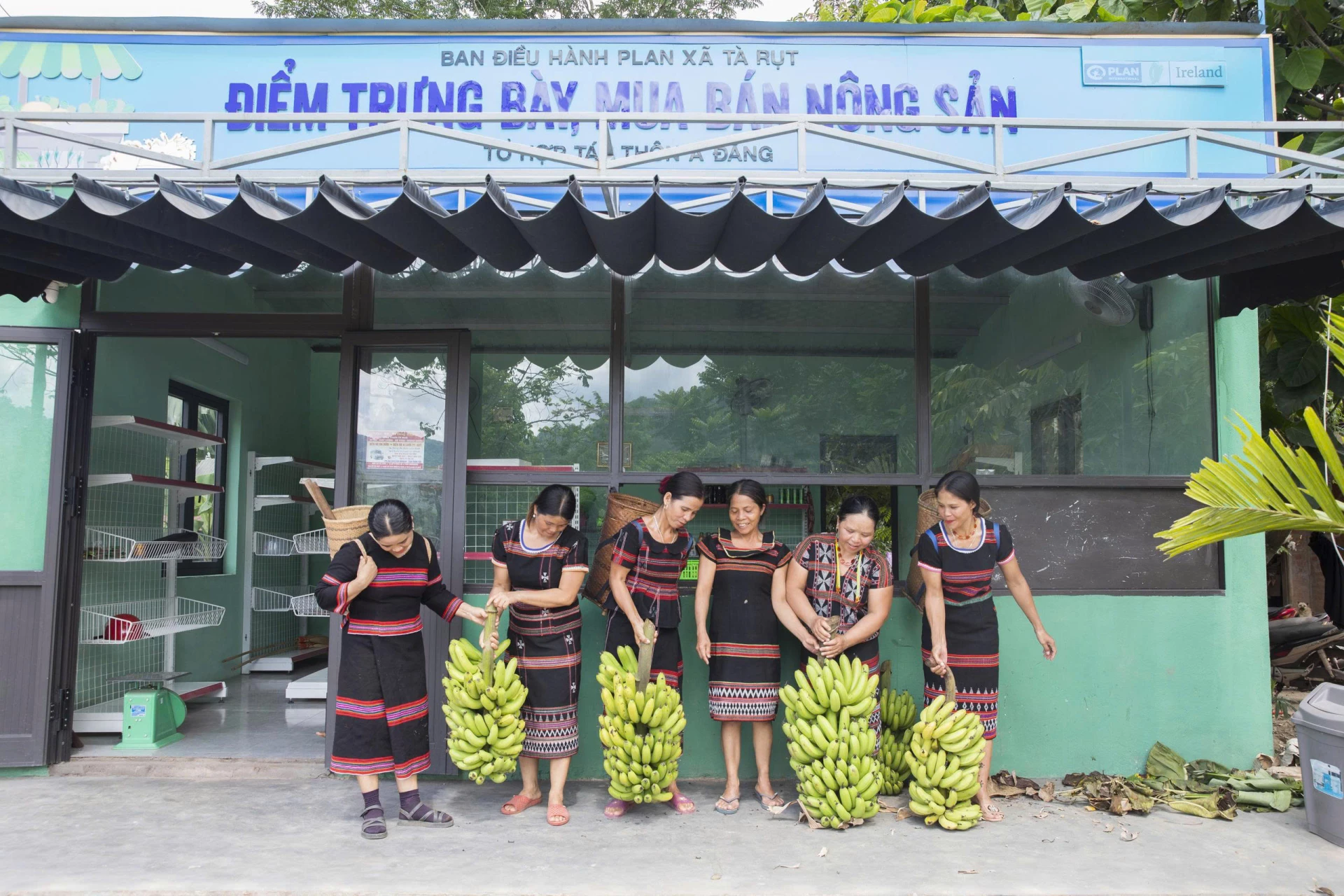 |
| The store displaying and selling agricultural products of the A Dang Village Cooperative was built with the support of Plan Organization - Photo: PL |
According to Ms. Ho Thi Xo, since its inception, the store has been a place for local women to gather bananas and many other agricultural products. Currently, on average, the cooperative sells more than 30 bunches of bananas a month, earning over 30 million VND. The money earned from selling bananas and agricultural products has helped women earn more income to cover their daily expenses, pay for their children's schooling away from home, and save for their families.
Ms. Ho Thi Hang, President of the Women's Union of Ta Rut commune, said: From the pilot model of the banana cooperative of A Dang village, with the support of Plan Organization, the Women's Union of Ta Rut commune has expanded the model to other villages in the commune, attracting dozens of women members to participate. The good news is that the Pa Ko people in Ta Rut commune are increasingly aware of restoring valuable native plant varieties, including the varieties: Rice banana, elephant ivory banana...
In particular, thanks to the attention of local authorities and the practical support of Plan Organization, Pa Ko women in Ta Rut commune now have the conditions to bring local agricultural products to the market conveniently. The store is both a place to introduce and buy and sell agricultural products, and to gather goods to connect with the market through social networking platforms such as Facebook, Zalo, etc. Thereby helping women have more motivation to develop agriculture in the direction of commodity production, improve income, contribute to enhancing the role and position of women, especially women in ethnic minority areas in life.
Phuong Lam
Source: https://baoquangtri.vn/kinh-te/202511/cay-xoa-ngheo-cua-nguoi-pa-ko-dbf3edb/




![[Photo] Prime Minister concludes trip to attend G20 Summit in South Africa](/_next/image?url=https%3A%2F%2Fvphoto.vietnam.vn%2Fthumb%2F1200x675%2Fvietnam%2Fresource%2FIMAGE%2F2025%2F11%2F24%2F1763944494358_vna-potal-thu-tuong-ket-thuc-chuyen-tham-du-hoi-nghi-thuong-dinh-g20-tai-nam-phi-8428321-4810-jpg.webp&w=3840&q=75)




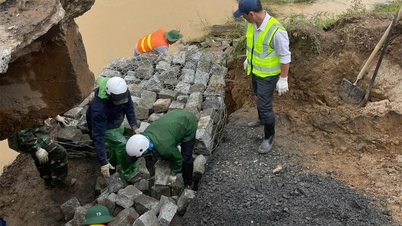


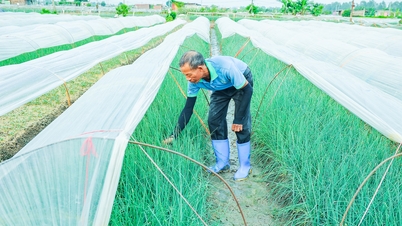



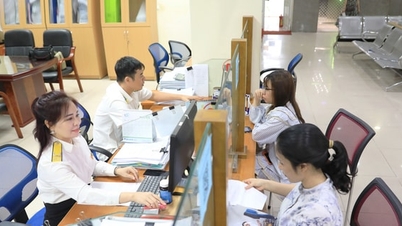





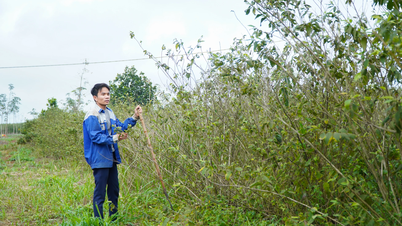

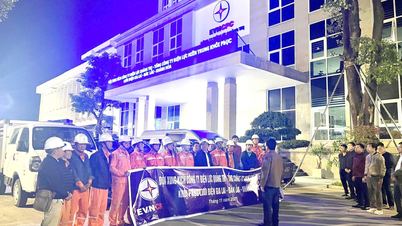
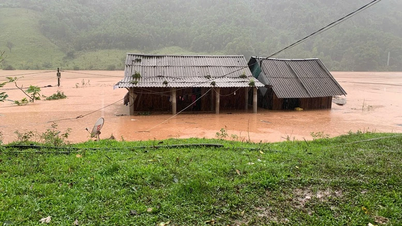

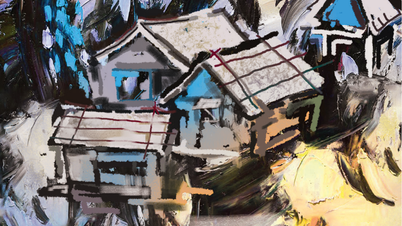




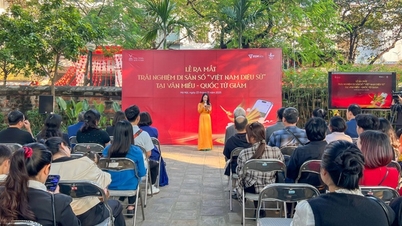

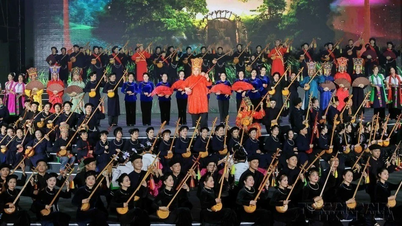

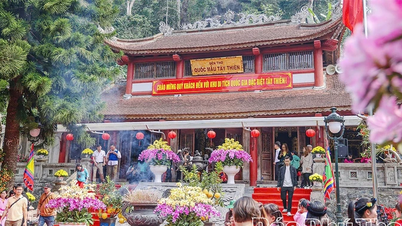


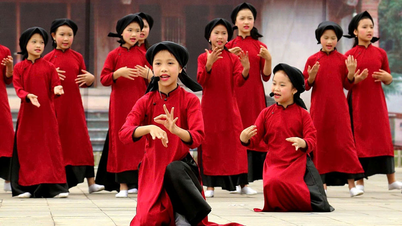
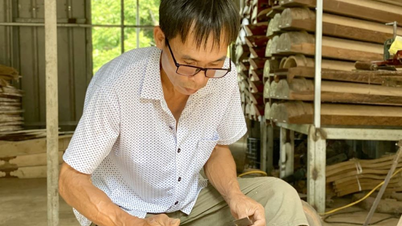




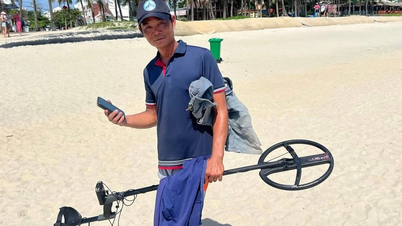



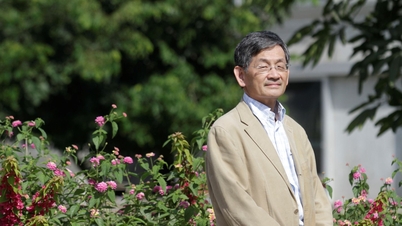



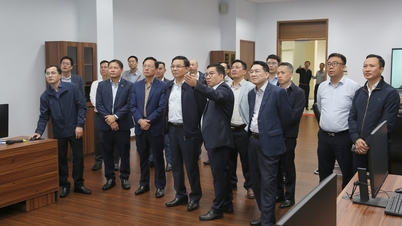















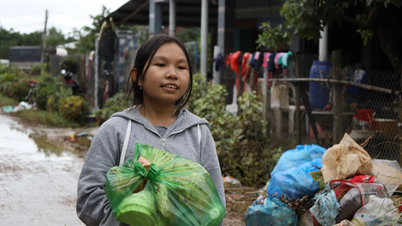



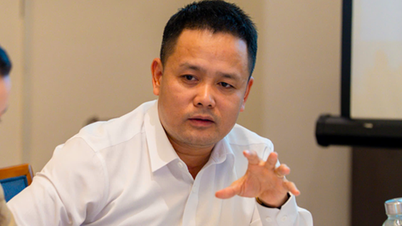

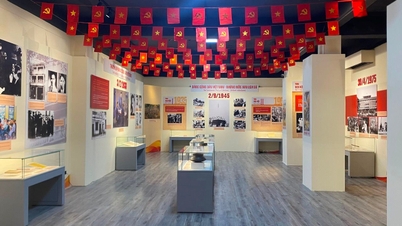

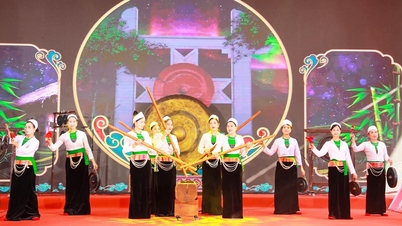





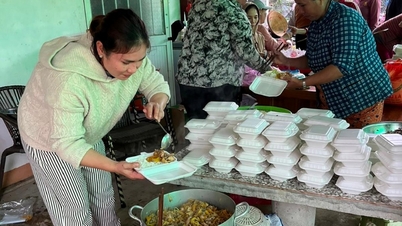














Comment (0)